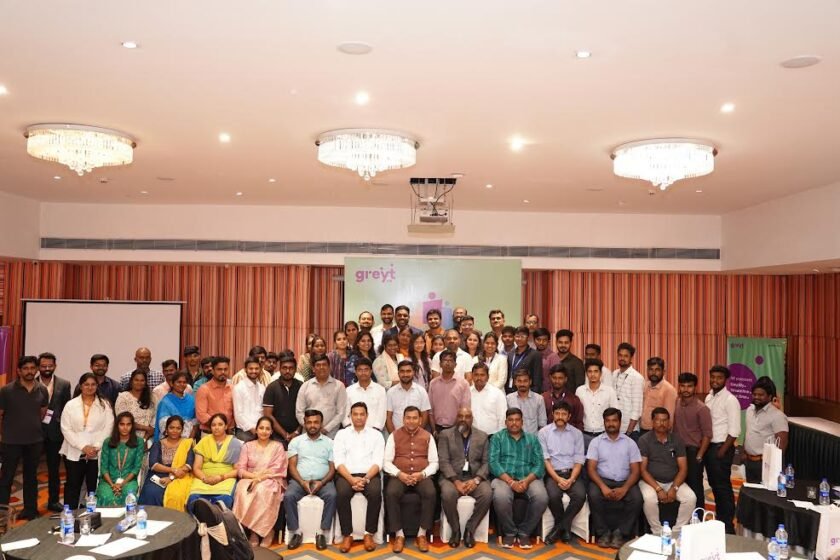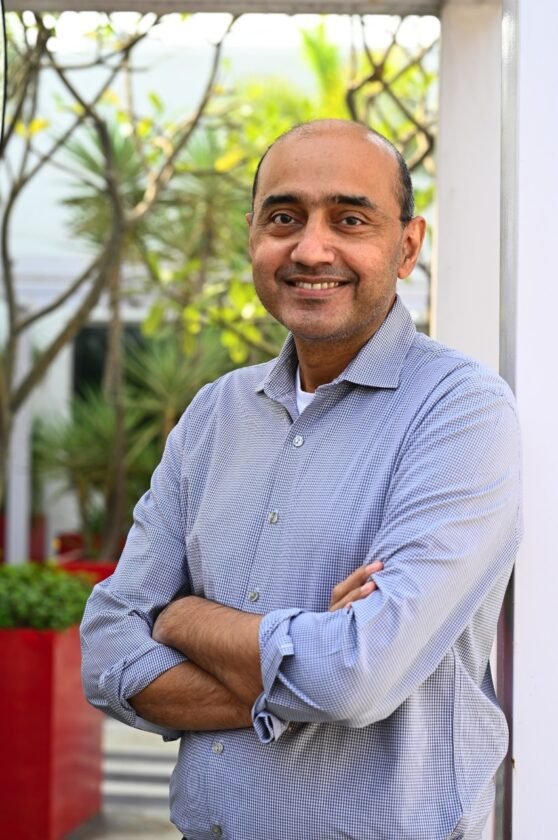Lucknow: Robotic surgery, an advanced form of minimally invasive surgery where robotic systems assist surgeons in performing complex procedures, is gaining significant traction worldwide. In India, the adoption of robotic surgery is in its nascent stages but is poised for exponential growth. Here we try exploring the current landscape, potential benefits, challenges, and future prospects of robotic surgery in India.
Current Landscape of Robotic Surgery in India
Robotic surgery was first introduced in India in the early 2000s, and since then, several high-end hospitals have incorporated robotic surgical systems. Major cities such as Delhi, Mumbai, Bangalore, and Chennai have been at the forefront of adopting this technology. The most commonly used system is the da Vinci Surgical System, which has been employed in various specializations including urology, gynecology, cardiothoracic surgery, and general surgery.
The initial high costs associated with acquiring and maintaining robotic systems have limited their use to major metropolitan centers and premier healthcare institutions. However, the scenario is gradually changing as more hospitals recognize the long-term benefits and patient demand for advanced surgical options increases.
Benefits of Robotic Surgery
Robotic surgery offers several advantages over traditional open and laparoscopic surgeries:
- Precision and Control: Robotic systems provide enhanced precision, stability, and control, allowing surgeons to perform intricate procedures with reduced risk of human error.
- Minimally Invasive: Procedures are typically less invasive, which leads to smaller incisions, reduced blood loss, and lower risk of infection.
- Reduced Recovery Time: Patients generally experience shorter hospital stays and faster recovery times, which translates to lower overall healthcare costs and quicker return to daily activities.
- Improved Ergonomics for Surgeons: Surgeons can operate from a comfortable seated position using the robotic console, reducing physical strain and fatigue.
- Enhanced Visualization: High-definition 3D visualization provided by robotic systems enhances the surgeon’s view of the operative field, which is crucial for complex procedures.
Challenges in Adoption
Despite its advantages, the widespread adoption of robotic surgery in India faces several challenges:
- High Initial Costs: The acquisition cost of robotic systems is substantial, often running into millions of dollars. This is a significant investment for hospitals, particularly those in smaller cities and towns.
- Training and Skill Development: Effective use of robotic systems requires specialized training. There is a need for more comprehensive training programs to equip surgeons with the necessary skills.
- Maintenance and Operating Costs: Beyond the initial purchase, maintenance and operating costs are high, which can be a barrier for widespread use.
- Insurance and Reimbursement Issues: Currently, many insurance policies do not fully cover robotic surgeries, leading to out-of-pocket expenses for patients.
- Awareness and Acceptance: There is a need to increase awareness among patients and healthcare providers about the benefits of robotic surgery. Acceptance is gradually increasing, but more efforts are required to educate and build trust.
Future Prospects
Despite the challenges, the future of robotic surgery in India is promising, driven by several factors:
- Technological Advancements: Continued advancements in robotic technology are making systems more affordable and accessible. Innovations such as smaller, more versatile robotic systems, and artificial intelligence integration are expected to further enhance capabilities and reduce costs.
- Government and Institutional Support: Government initiatives to boost healthcare infrastructure, along with partnerships between private and public sectors, can facilitate the adoption of robotic surgery. Policies promoting research and development, and financial incentives for hospitals adopting advanced technologies, can play a crucial role.
- Expansion to Tier 2 and Tier 3 Cities: With declining costs and increased demand, robotic surgery is likely to expand beyond metropolitan centers. Hospitals in Tier 2 and Tier 3 cities are beginning to invest in robotic systems, bringing advanced surgical care closer to a larger population.
- Improved Training Programs: Establishing dedicated training centers and incorporating robotic surgery training into medical curricula can address the skill gap. Online and simulation-based training programs can also help in rapid skill acquisition.
- Increased Patient Awareness: As more success stories of robotic surgeries emerge, patient awareness and demand will grow. Educating patients about the benefits, risks, and availability of robotic surgery is essential for its widespread acceptance.
Potential Impact on Healthcare
The widespread adoption of robotic surgery in India has the potential to significantly impact the healthcare landscape:
- Enhanced Surgical Outcomes: Higher precision and control can lead to better surgical outcomes, lower complication rates, and improved patient satisfaction.
- Economic Growth: The growth of robotic surgery can stimulate economic growth by creating jobs in manufacturing, maintenance, and training sectors related to robotic systems.
- Medical Tourism: India is a popular destination for medical tourism due to its affordable yet high-quality healthcare. Offering advanced surgical options like robotic surgery can further boost India’s appeal to international patients.
- Research and Innovation: Increased adoption of robotic systems can drive research and innovation in surgical techniques, leading to further advancements and the development of new surgical procedures.
Robotic surgery represents a significant leap forward in surgical technology and has the potential to revolutionize the healthcare sector in India. While there are challenges to overcome, the benefits of precision, reduced recovery times, and improved patient outcomes make it an attractive option for both patients and healthcare providers. With continued technological advancements, supportive government policies, and increased awareness and training, robotic surgery is poised to become an integral part of India’s healthcare system, offering high-quality surgical care to a broader population. The future of robotic surgery in India is bright, with the potential to transform surgical practices and enhance the overall quality of healthcare in the country.




